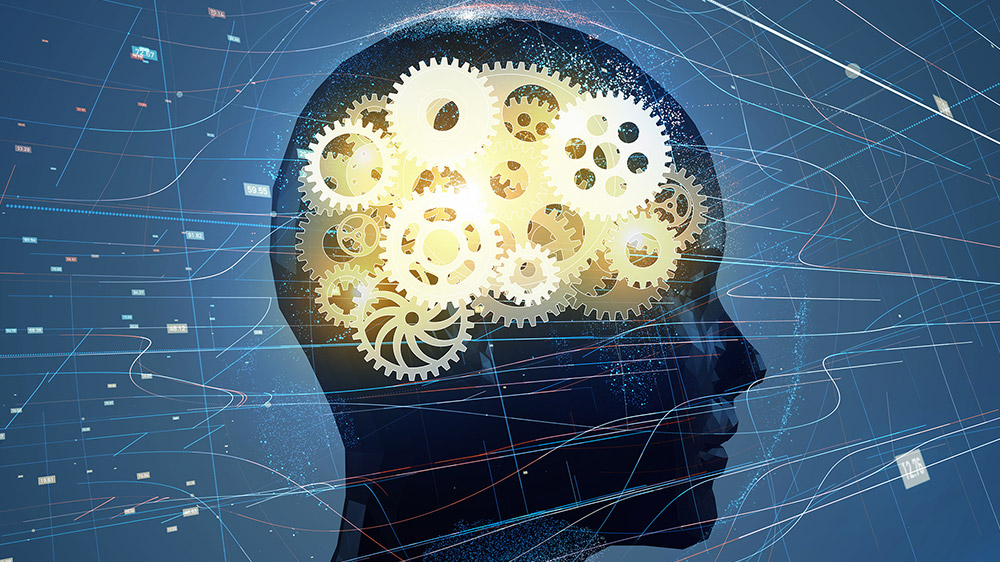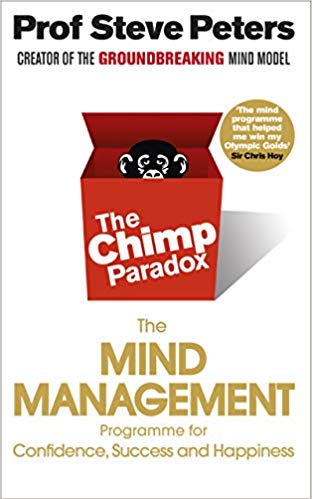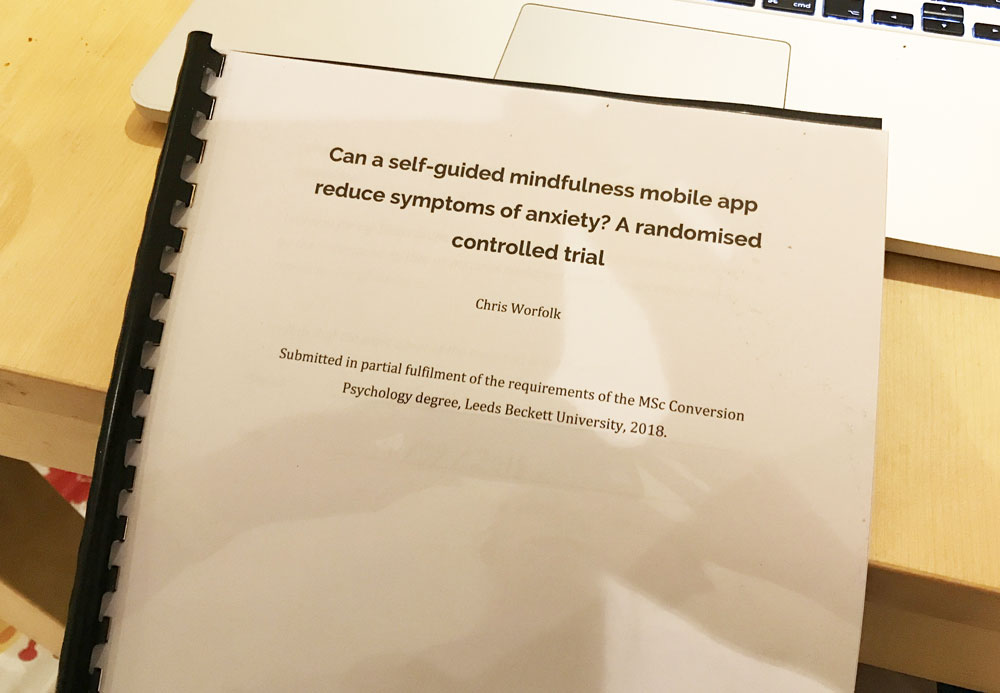
I’ve spent the last year of my life reading a lot of psychology textbooks. In this post, I’m going to briefly discuss a few of them to help sort out the ones I liked from the ones I liked less.
An Introduction to Child Language Development
This is a short book by Susan Foster-Cohen. It has exercises and summaries thrown in but is otherwise just text. I didn’t find the summaries of each chapter very useful.
An Introduction to Developmental Psychology
Second edition edited by Alan Slater and Gavin Bremner. This is laid out in life sequences. However, the sequences are so broad that topics such as cognitive and language development are self-contained sub-chapters in themselves. It provides a good overview.
An Introduction to Stress & Health
This book by Hymie Anisman is a bit wall-to-wall text. However, it does provide a comprehensive discussion of the issues surrounding stress and health, including the concepts of appraisal and coping mechanisms.
Biological Psychology
Book by Marc Breedlove and Mark Rosenzweig. I did not get on with this one. It’s just walls of text.
Biological Psychology (12E)
This book by James Kalat is my favourite textbook on biological psychology. It is sometimes a little light on detail but covers all of the material and has lots of useful diagrams.
Cambridge Handbook of Child Language
This edited book by Edith Bavin has a large list of contributors. I only read the section on the usage-based theory of language by Michael Tomasello. It’s very wall-of-text but sufficiently concise that I managed to get through it while acquiring an understanding of Tomasello’s ideas.
Child Development
Useful because it goes through stages, but otherwise not that fun.
Handbook of Child Psychology
These books are huge and multilayered. The whole thing is edited by William Damon, but I only read volume two, edited by Deanna Kuhn and Robert Siegler. Specifically, I read the chapter grammar by Michael Maratsos. It’s heavy going, and a lot of text, but broken down into reasonable sections. It’s only worth reading if you really want to get into the detail.
This is an edited book by William Damon
Introduction to Biopsychology
This book by Pinel & Barness was the standard textbook used in our course. For good reason: it is well laid out and covers the main topics effectively.
Language Development: The Essential Readings
Edited book by Michael Tomasello and Elizabeth Bates. It’s a collection of papers compiled together. Most are laid out with roughly the same headings you would expect in a paper (method, results, development), but not always and the headings could be more clear. That apart, the papers are interesting and relevant. There is some author bias, though.
Lifespan Development
Sixth edition by Denise Boyd and Helen Bee. This book wasn’t ideal for our course because it is laid out in life stages, whereas we focused on topic areas. However, different topic areas were mostly in one chunk, such as cognitive development, so, in the end, it provided a concise overview. It’s quite well laid out for a textbook with good summaries and highlighted boxes.
Making Sense of Data and Statistics in Psychology
I think this was the first book I checked out of the library. It is by Brian Greer and Gerry Mulhern and appealed to me because it was relatively concise. However, it attempts to avoid teaching you the concepts straight up and instead uses lots of dialogues and round-about ways in the hope this will be more engaging. I couldn’t really get on board with it.
The Process of Research in Psychology
Nice introduction to research methods by Dawn McBride. I was able to read it all. It certainly doesn’t have the detail of books like Coolican’s, but it does give you a manageable amount.
Research Methods and Statistics in Psychology
Very good book by Hugh Coolican on conducting research, methodology, statistics and writing up. It’s reasonably light on the maths and instructions on using SPSS, but points you in the right direction. There are sample write-ups to follow, too.
Stress, Appraisal, and Coping
The original work by Lazarus & Folkman. It’s quite accessible for a classic piece of literature.
Stress, Cognition and Health
This book by Tony Cassidy provides a short and concise introduction to some of the theories behind stress and their impact on health. If you’re not too picky you can read through it in an hour or two and the topics are well organised.











